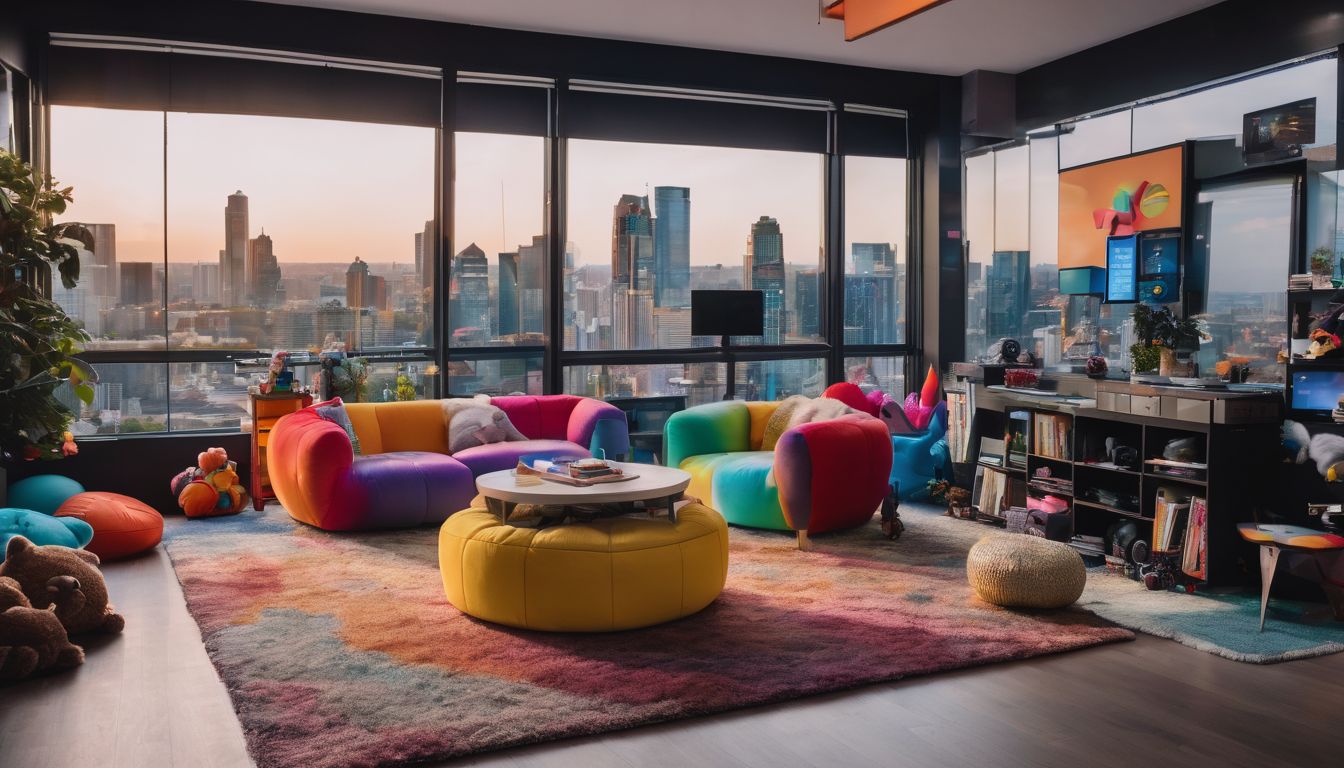
Creating kid-friendly digital spaces at home can be challenging. Making digital online playgrounds safe for kids has numerous characteristics and conditions one must follow. We’ve seen that the UK’s Age Appropriate Design Code highlights children’s online safety by raising the standards for children’s online safety. Our blog provides key insights to transform your living area into an entertaining and secure haven for learning and play, as we list the features of these spaces, examples and how to balance online presence with real-life activities.
What Does a Kid-Friendly Digital Space Mean?
A kid-friendly digital space is like an online playground designed for children to have fun and explore safely. Here are some key features that make a digital space kid-friendly:
- Safe and secure: Measures should be implemented to protect children from harmful content, like inappropriate websites, ads, or interactions with strangers. This often involves parental controls, moderators, and age-appropriate content filtering.
- Fun and engaging: It should be filled with activities, games, and entertaining content for children of different ages and interests. This could include educational games, interactive stories, creative tools, and even virtual worlds.
- Positive and supportive: It should promote positive values and encourage interaction in a kind and respectful way. This means avoiding violence, hate speech, and other harmful elements that can negatively impact children.
- Easy to use: It should be designed with children in mind, meaning it should be easy to navigate and understand, even for younger users. This often includes large buttons, clear instructions, and a simple interface.
What Are Some Examples of Kid-Friendly Digital Spaces?
We can list many examples of kid-friendly digital spaces. These include Educational Websites and Apps which offer learning activities, games and resources aligned with different age groups and curriculum standards. Gaming Platforms are designed for children and offer safe and age-appropriate games focusing on learning, creativity and problem-solving. We can also add virtual worlds which allow children to interact with each other in a safe and controlled environment, often with educational or creative themes.
It’s important to remember that even kid-friendly spaces need adult supervision. While these platforms take steps to ensure safety, it’s always crucial for parents or guardians to be involved in their children’s online activities and guide them on responsible digital citizenship.
Designing Digital Spaces with Kids in Mind
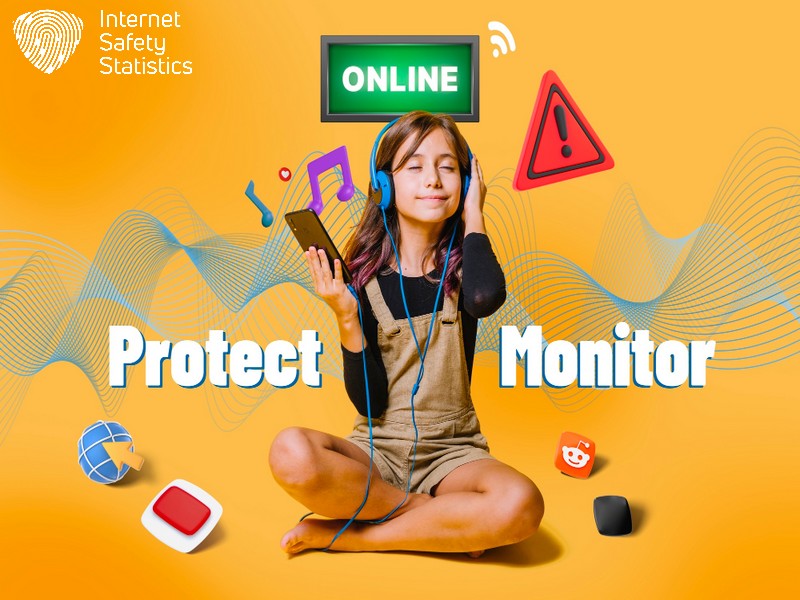
The UK’s Age Appropriate Design Code is crucial for creating safe online environments for children. Enforcing this code can protect kids from harmful content and ensure that digital spaces are designed in their best interests.
What is The UK’s Age Appropriate Design Code?
The UK’s Age Appropriate Design Code, also known as the Children’s Code, is a set of rules designed to protect children’s privacy online. It applies to any online service (websites, apps, games, connected toys) likely used by children under 18 in the UK. Here’s the gist of it:
- Focus on the child’s best interest: When designing these online services, the code requires companies to prioritize the safety and well-being of children.
- Strong privacy defaults: Settings should be on high privacy by default, meaning children have the maximum privacy protections unless there’s a clear reason otherwise.
- Minimising data collection: Companies can only collect the minimum amount of data needed for the service to function.
- Limited data sharing: Sharing children’s data with third parties is generally discouraged.
- Transparency and control: Children (and their parents) should have clear information on how their data is used and be able to access, delete, or transfer it easily.
The code aims to make the online world safer for children by ensuring online services prioritise their privacy. This allows the children to explore and play online with minimal risk of misusing their data.
The UK’s Age Appropriate Design Code and its Importance
Protecting kids online has become a top priority in the digital age, and the UK’s Age Appropriate Design Code sets new standards for it. This groundbreaking code demands that tech companies’ responsibilities include safeguarding children’s privacy and well-being on the internet. The code rules mean that apps and websites must be designed from the ground up with kids’ needs in mind, ensuring that their experiences are fun and secure.
Enforcing this code begins with the developing stage and changes how developers think about content for young users. Interactive learning tools or games can no longer ignore strict guidelines around data protection and age-appropriate materials. Creators must now proactively consider child-friendly design principles, providing a safe online space where children can explore, learn, and grow without unnecessary risks to their personal information or exposure to harmful content.
How Can the UK’s Age-Appropriate Design Code Be Enforced to Protect Kids Online?
The UK’s Age Appropriate Design Code, now enforceable, is a significant effort to protect kids online. It sets out 15 flexible standards that prioritise the child’s best interests when designing digital services.
Developers and content creators must consider children’s rights and privacy laws while implementing features such as parental controls and age-appropriate content filtres. Enforcing these measures provides a safer online environment for kids, ensuring that their digital experiences are engaging and secure.
As we delve into creating safe and stimulating learning environments at home, we must understand how technology can be harnessed to support children’s development, promoting interactive learning without compromising safety or relevance in an ever-changing digital landscape.
Creating a Secure and Stimulating Learning Environment at Home
Designating specific areas at home for interactive learning is vital in creating a safe and stimulating environment for kids. Incorporating elements of nature indoors and personalising spaces to individual preferences can enhance the overall learning experience.
Designating Specific Areas for Interactive Learning
To create a stimulating educational environment at home, you can designate specific areas for interactive learning. This helps foster creativity and promotes children’s educational development, ensuring balanced screen time and playtime.
How to Design a Kid-Friendly Digital Space at Home?
Designing kid-friendly digital spaces at home is simple. You can follow several steps that incorporate educational elements, workstations and adding a piece of nature to revive the digital space. Here are our suggestions for designing kid-friendly digital spaces at home.
- Set up a cosy reading nook with various books and comfortable seating to encourage reading and quiet study time.
- Create a designated arts and crafts area with a child-friendly table and storage for art supplies, allowing kids to unleash their creativity without making a mess elsewhere.
- Dedicate a space for educational games and puzzles, providing an organised area for interactive learning experiences.
- Establish a workstation with age-appropriate educational technology tools, such as tablets or computers loaded with educational apps and resources.
- Incorporate sensory play areas where kids can explore different textures, materials, and sensory experiences to enhance their learning through touch and feel.
- Design a nature corner inside the house with indoor plants or mini-garden kits, creating opportunities for hands-on nature-based learning activities.
Incorporating Nature Indoors
Designing kid-friendly digital spaces also involves incorporating nature indoors. Bringing elements of the outdoors inside can create a calming and stimulating environment for children’s learning and play. Towards this end, you can add potted plants, natural materials, like wood or bamboo furniture, and nature-inspired artwork to promote a sense of connection to the natural world.
Furthermore, introducing a natural element into indoor spaces improves air quality, stress levels, and creativity for children. Research suggests that exposure to natural elements positively impacts children’s cognitive development and overall well-being.
Personalising Digital Spaces to Individual Preferences
Incorporating nature indoors can be extended to personalising spaces according to individual preferences. When designing digital spaces for kids, it’s crucial to consider their unique tastes and interests.
Tailoring the design and layout of these digital spaces to fit children’s preferences fosters a sense of ownership and encourages active engagement. By incorporating elements that resonate with each child, such as favourite colours, themes, or interactive features, the digital environment becomes more inviting and enriching for their development.
When curating kid-friendly digital spaces at home, implementing age-appropriate designs that reflect individual preferences is essential. This approach ensures that the space resonates with each child’s personality while promoting a sense of comfort and familiarity within the digital realm.
Making the Most of Technology for Kids’ Development

As developers work towards designing kid-friendly digital spaces, various tools provide interactive learning and creative exploration opportunities. Here, we introduce CoSpaces Edu for 3D creation, coding, and other educational applications and resources to help children develop new skills and knowledge in a digital environment.
CoSpaces Edu for 3D Creation and Coding
CoSpaces Edu offers an interactive platform for kids to delve into 3D creation and coding. This educational tool allows children to design and build virtual environments, fostering creativity and problem-solving skills. With coding integration, kids can bring their creations to life, providing a hands-on approach to learning about technology and programming.
How does CoSpaces Edu help create kid-friendly digital spaces? The platform aligns with the UK’s Age Appropriate Design Code by prioritising safety and privacy while offering children an engaging digital experience. CoSpaces Edu enables youngsters to explore age-appropriate content in a secure online environment, catering directly to their developmental needs.
Other Educational Applications and Resources
Kid-friendly digital spaces become complete by incorporating various educational applications and resources to enrich children’s digital learning experience. These tools offer interactive and engaging content for kids while fostering their development:
- Duolingo: An interactive language-learning app that makes learning a new language fun and accessible for children.
- Scratch: A visual language programming and online community where children can create interactive stories, games, and animations.
- Khan Academy Kids: A free educational platform offering various subjects through interactive activities, books, and videos tailored to different age groups.
- Tynker: A creative platform that teaches kids how to code through games, puzzles, and interactive storytelling.
- PBS Kids Games: Educational games based on popular PBS shows that provide a fun way for young children to learn essential skills.
- National Geographic Kids: An educational app that offers engaging content such as articles, videos, and quizzes to stimulate children’s curiosity about nature and science.
- Prodigy Math Game: An adaptive math game that adapts its content to each child’s strengths and weaknesses, making math learning both personalised and enjoyable.
- Epic!: An e-book library with thousands of high-quality books for kids of all ages, enabling them to explore different genres and discover new interests.
Balancing Screen Time and Playtime
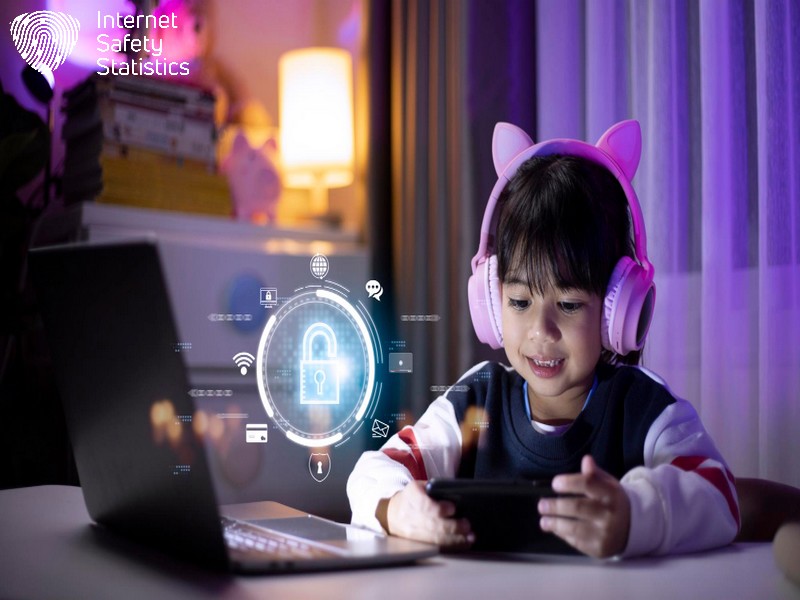
Creating kid-friendly digital spaces raises the question regarding the balance between screen time and playtime. Screen time can be limited by setting clear boundaries and providing alternative activities such as outdoor play or creative art projects. Designing flexible furniture that allows for both screen time and playtime can also help strike a healthy balance.
Designing Flexible Furniture for Play and Learning
To foster a dynamic play and learning environment at home, consider choosing versatile furniture that can adapt to various activities. Adjustable height tables and chairs, modular storage units, and multipurpose seating options are essential in kid-friendly digital spaces. Selecting easily reconfigured furniture allows for seamless transitions between focused learning sessions and creative playtime.
When designing flexible furniture, remember to prioritise safety by opting for rounded edges and sturdy construction. Look for pieces that offer practical solutions for both educational and recreational activities while promoting a comfortable and engaging space.
Transforming Your Home into a Kid-Friendly Space
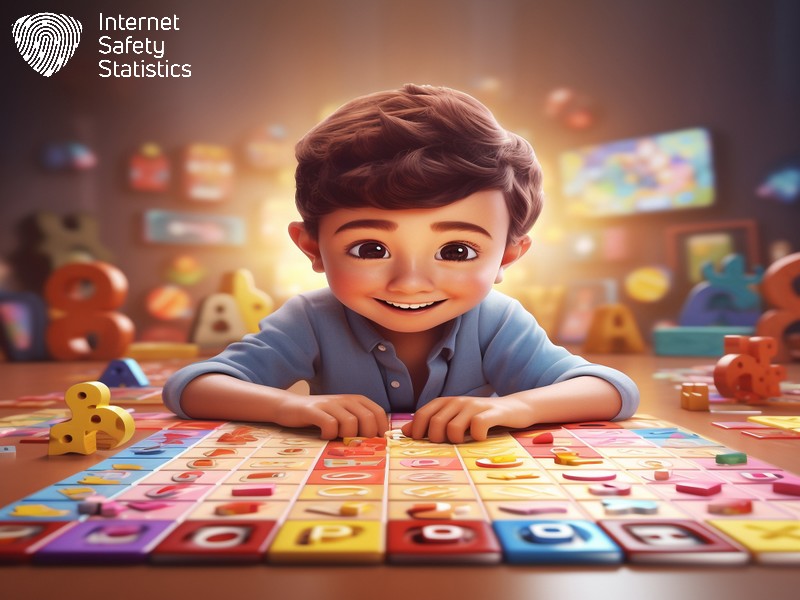
Transforming your home into a kid-friendly space involves childproofing without compromising style, finding storage solutions for toys, bringing in elements of colour and creativity, and utilising versatile furniture for dynamic spaces. It’s about creating a safe, stimulating, and adaptable environment to your child’s needs.
Childproofing Without Compromising Style
Childproofing your home doesn’t have to compromise its style. Here are some practical and stylish solutions to create a safe environment for kids:
- Utilise soft-close cabinet doors and drawers to prevent little fingers from getting pinched.
- Install cordless window treatments to eliminate any dangling cords, which can be hazardous.
- Use furniture corner protectors to cushion sharp edges and prevent injuries.
- Add door handle covers to restrict access to certain rooms or areas.
- Align heavy furniture and appliances to the wall to prevent tipping incidents.
- Incorporate non-slip rugs and mats in play areas and high-traffic zones.
- Opt for child-friendly finishes on furniture, such as non-toxic paints and durable materials.
Storage Solutions for Toys
Design versatile storage that can grow with your child and adapt to their changing needs. Choose bins, baskets, and shelves that are easily accessible for kids and encourage them to tidy up after playtime. Use labelled containers or colour-coded systems to teach organisation skills and help children find their toys easily.
Consider furniture with built-in storage compartments to maximise space and reduce clutter. Install wall-mounted organisers or hanging pockets to keep smaller toys off the floor and within reach. Create dedicated play areas with storage units for toys, books, and art supplies.
Bringing in Elements of Colour and Creativity
Introduce vibrant, cheerful hues into digital spaces to enhance children’s engagement and stimulate creativity. Use age-appropriate colour palettes that evoke a sense of joy and playfulness while adhering to the UK’s Age-Appropriate Design Code. Utilise interactive elements such as animated characters, colourful buttons, and engaging visuals in web design for kids to create a visually appealing and child-friendly interface. Integrate creative tools and features within apps, allowing children to express themselves through digital art and design, nurturing their imagination.
Engaging children with playful interfaces encourages exploration and learning through colourful visual cues while adhering to age-appropriate content guidelines. Incorporating fun animations, inspiring images, and innovative interactions within digital spaces at home or online platforms for kids encourages creativity. Use engaging colours and themes throughout the user interface to offer further personalisation options.
Utilising Versatile Furniture for Dynamic Spaces
Designing dynamic digital spaces for kids means incorporating versatile furniture that adapts to their needs. Whether it’s convertible desks for digital learning or modular storage solutions for toys, flexible furniture allows seamless transitions from playtime to focused activities.
This furniture type optimises space and encourages creativity and independent exploration in a child-friendly digital environment. Additionally, choosing multi-functional pieces can make the most of limited space, helping to create an engaging and safe online space for children at home while maintaining a stylish and practical living area.
In conclusion, creating kid-friendly digital spaces at home involves careful planning and consideration. Balancing safety with stimulating learning experiences is essential for kids’ development.
By implementing age-appropriate design codes and embracing technology responsibly, parents can transform their homes into engaging and safe environments for children to thrive. With the right approach, it’s possible to design digital spaces that foster creativity, curiosity, and play while ensuring online safety for kids.
FAQs
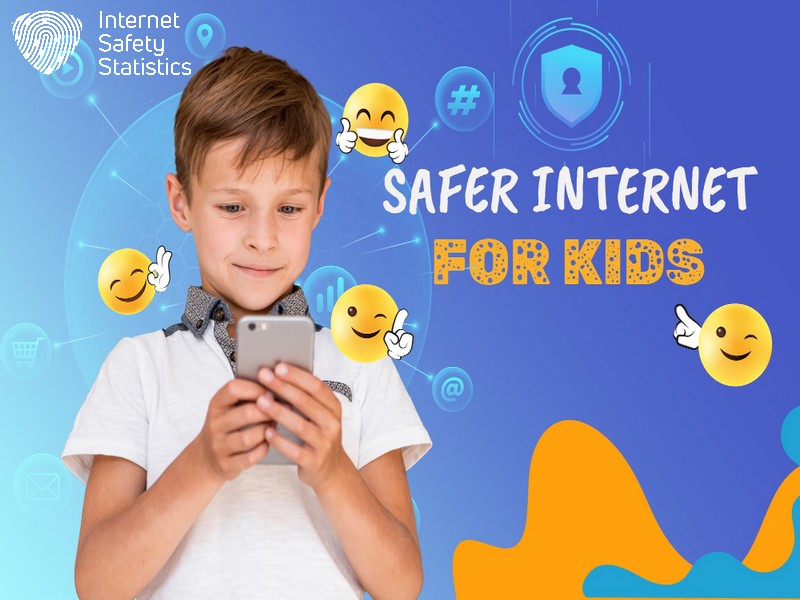
1. What are kid-friendly digital spaces at home?
Kid-friendly digital spaces at home are areas where children can use technology safely to learn and play online with age-appropriate content designed just for them.
2. How do I create a safe online environment for my kids?
Creating safe online environments involves choosing child-friendly technology, setting screen time limits, and ensuring internet safety so kids can explore digital creativity without risks.
3. Can digital learning be interactive and engaging for children?
Absolutely! Designing playful online experiences and developing interactive learning tools make digital learning fun and engaging for kids of all ages.
4. What should I consider when designing websites for children?
When you design websites and apps with children in mind, focus on making the content visually appealing, easy to navigate, age-appropriate, and full of playful design elements to keep them interested.
5. Why is it important to have child-friendly digital spaces at home?
It’s vital because these spaces support your child’s development by providing a mix of educational material and entertainment while implementing child-friendly designs that foster both learning and play.
